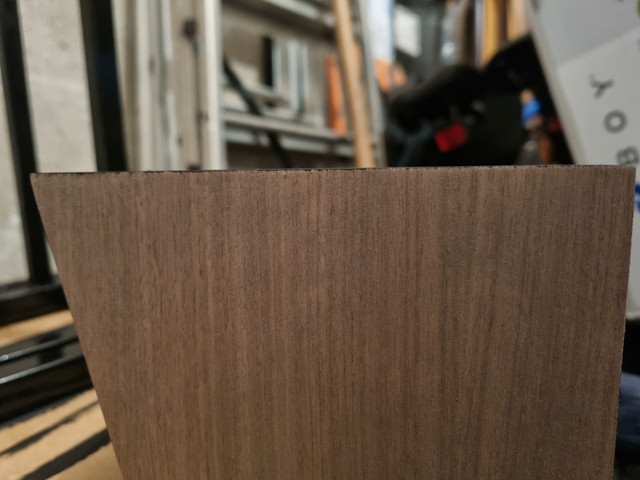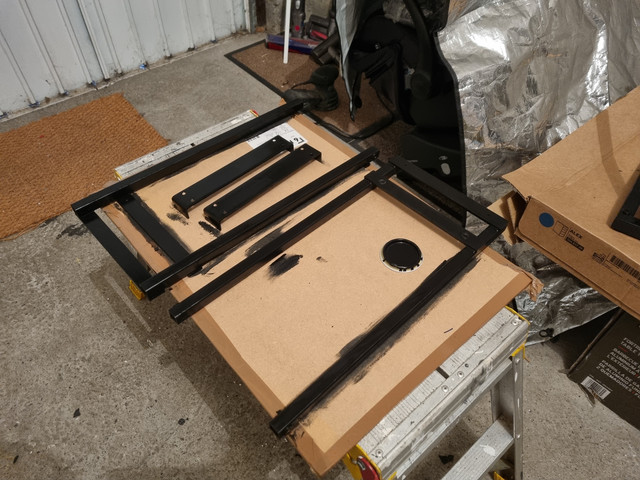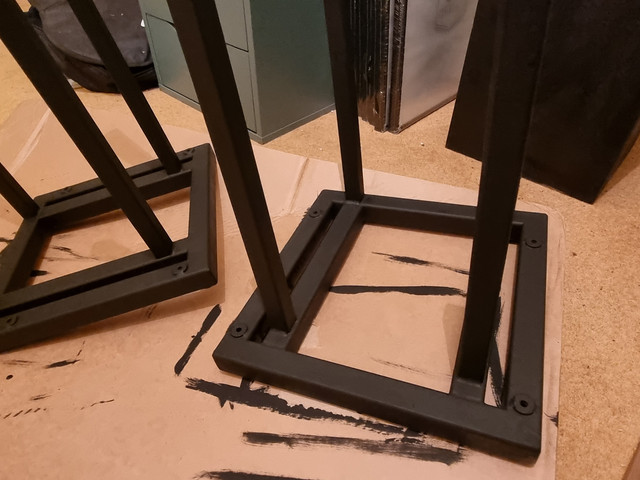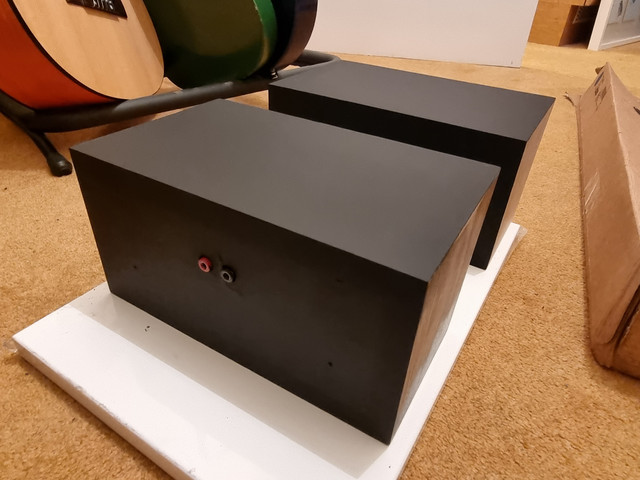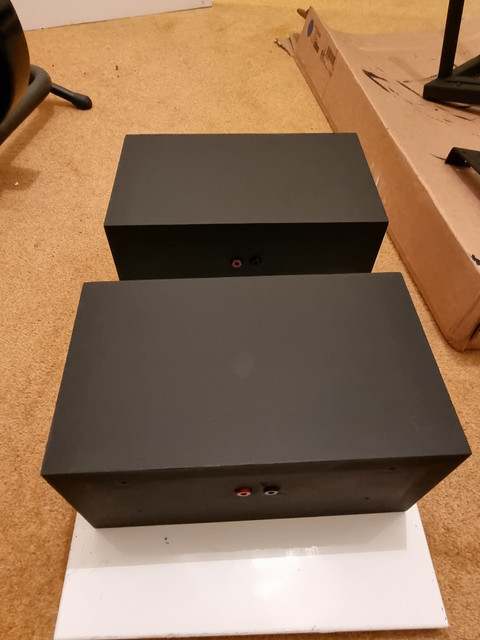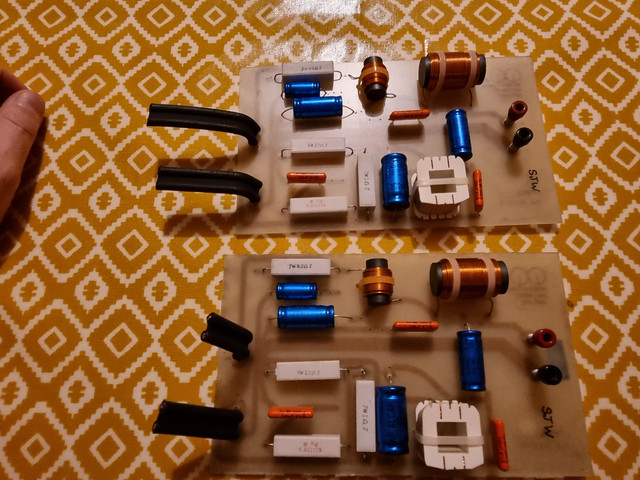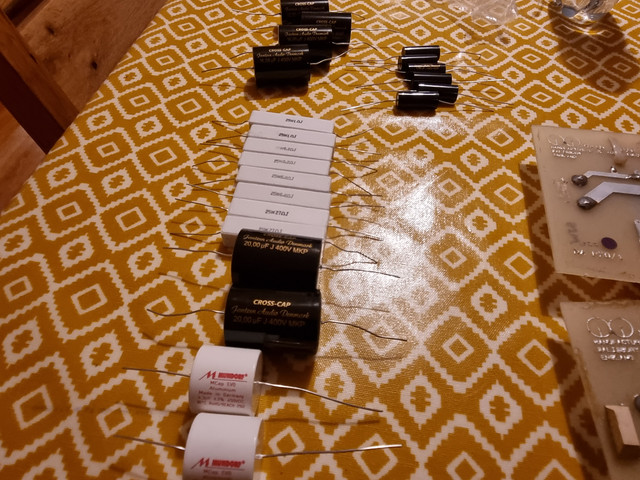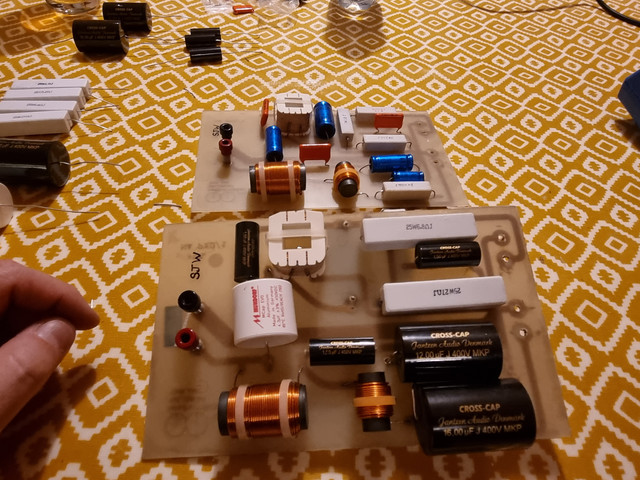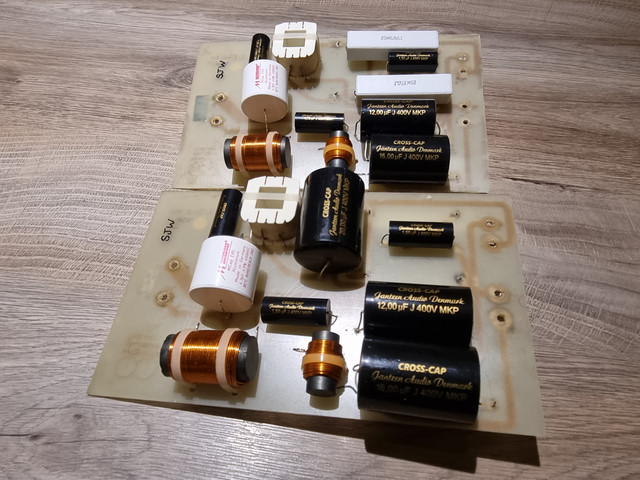say it as it is
pfm Member
powder coating is great but unless you think the metal work is going to be in harsh conditions then a simple spray can should be enough pound shop does basic primer and satin black does the job but cans feel half empty to buy double you normally would.
love to know how you get on with the veneering, mine are black but i kind of like the retro black finish seems ok if not great
love to know how you get on with the veneering, mine are black but i kind of like the retro black finish seems ok if not great


